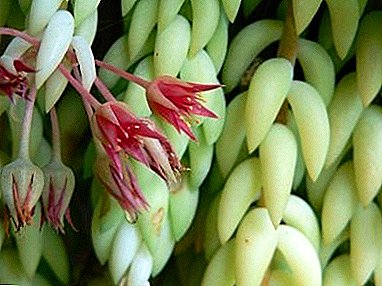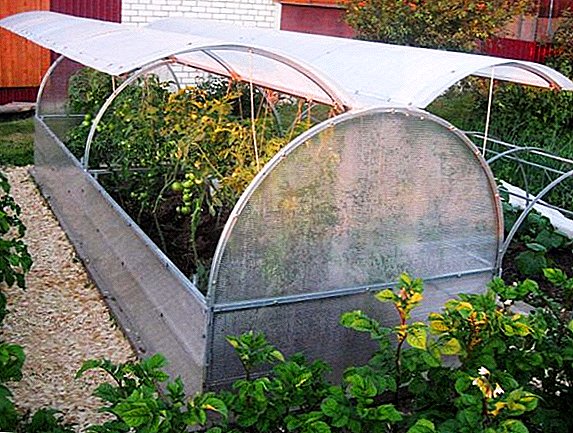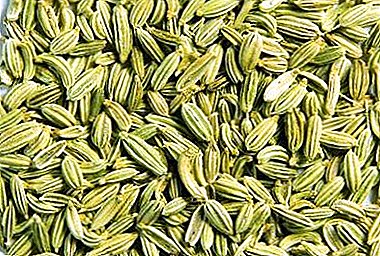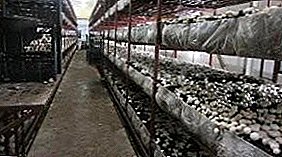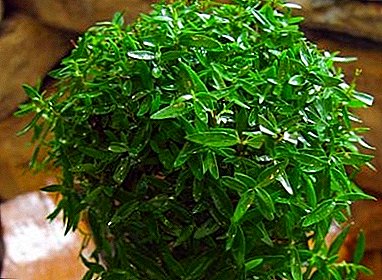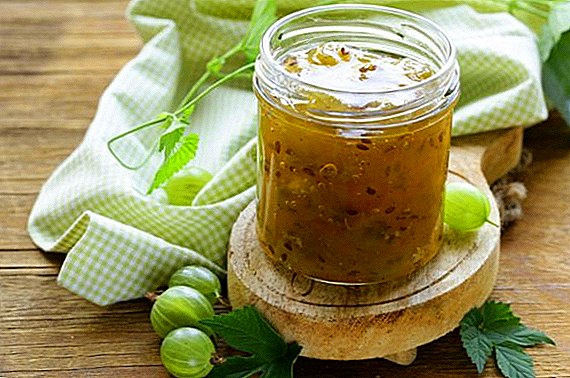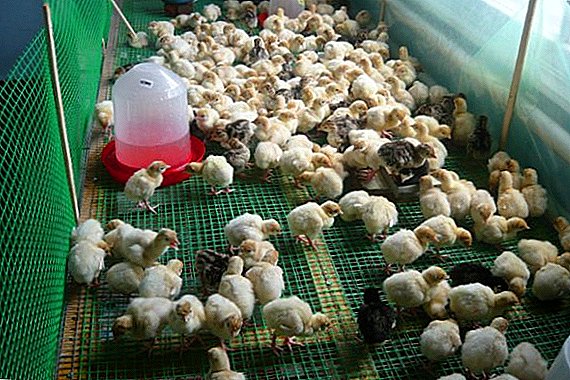 Breeding turkeys is becoming an increasingly popular area of economic activity, both among large producers and in small or households. Successful breeding of this bird, which is, above all, a source of excellent dietary meat, is possible only by creating appropriate conditions for it. This publication focuses on the correct temperature conditions for the poults, starting with the placement of the turkey eggs in the incubator.
Breeding turkeys is becoming an increasingly popular area of economic activity, both among large producers and in small or households. Successful breeding of this bird, which is, above all, a source of excellent dietary meat, is possible only by creating appropriate conditions for it. This publication focuses on the correct temperature conditions for the poults, starting with the placement of the turkey eggs in the incubator.
What temperature should be turkey poults
In the initial period of life, turkey poults completely dependent on external heat sources. And if, during natural incubation, this source is a turkey, then when using an incubator it is necessary to fully rely on artificial sources of heat. Such sources are better placed on top of the chicks - this will provide a more uniform heating of the area.  To control the temperature in the room with the chicks, you must install a thermometer. A good indicator of the correct temperature is the behavior of chicks. If they are crowded, trying to warm each other, then the temperature in the room is clearly underestimated. If chicks have constantly beaks, the temperature is too high.
To control the temperature in the room with the chicks, you must install a thermometer. A good indicator of the correct temperature is the behavior of chicks. If they are crowded, trying to warm each other, then the temperature in the room is clearly underestimated. If chicks have constantly beaks, the temperature is too high.
Important! The body of newborn turkeys is not able to provide the necessary level of thermoregulation. Only from about two weeks of age does the body of this bird acquire the ability (although not fully) to retain heat.
When hatching in an incubator
Before being placed in the incubator, the eggs, if necessary, are slowly heated to a temperature of about + 18 ... +20 ° C. If this is not done, then there will be a risk of uneven development of the embryo. In addition, a mandatory procedure for sterilizing egg shells is carried out, and the temperature of the warm solution of potassium permanganate used for sterilization should not exceed +39 ° C.  In the incubator itself, the optimum temperature for turkey eggs lies in the range of + 36.5 ... +38.1 ° C, but for successful breeding of chicks, it must be slightly changed throughout the entire incubation period, which lasts 28 days. It looks like this:
In the incubator itself, the optimum temperature for turkey eggs lies in the range of + 36.5 ... +38.1 ° C, but for successful breeding of chicks, it must be slightly changed throughout the entire incubation period, which lasts 28 days. It looks like this:
- From the 1st to the 8th day - + 37.6 ... +38.1 ° С;
- from the 9th to the 25th day - + 37.4 ... +37.5 ° С;
- 26 days the first 6 hours - +37.4 ° C;
- the rest of the period before hatching hatching is + 36.5 ... +36.8 ° С.
Did you know? Turkey eggs differ from chicken eggs in larger sizes and coloring of the shell - it is light cream in turkey eggs and covered with small specks. The taste of these eggs is almost the same, they can be used in the same dishes as chicken.
In the first days of life
A newborn turkey in the first days of life is supplied with a certain amount of nutrients that allow it to withstand adverse environmental conditions. But at low temperatures, this stock is very quickly consumed, and very soon everything ends fatally for the chick.
Familiarize yourself with growing turkey poults in an incubator.
Therefore, in the first four days, the optimum temperature at the heat source is +36 ° C at a room temperature of +26 ° C. In the following days, up to and including the 9th day, the optimum temperature of the heat source is +34 ° C at a room temperature of +25 ° C. 
Week-old turkey poults
Starting from the 10th day of life of the chicks and up to the 29th day, inclusive, the heating temperature is gradually reduced according to the following schedule:
- from the 10th to the 14th day inclusive - +30 ° С of the heat source and +24 ° С indoors;
- From the 15th to the 19th day - +28 ° С of the heat source and +23 ° С indoors;
- From the 20th to the 24th day - +26 ° С of the heat source and +22 ° С indoors;
- From the 25th to the 29th day - +24 ° С of the heat source and +21 ° С indoors.
Did you know? More than 5.5 million tons of turkey meat is produced annually in the world. The largest global manufacturer of this product is the United States, the share of this country in world production is 46%.Starting from the 10th day of life, provided that the chicks are in good health, you can organize short walks for them (15–20 minutes) in the yard in a fenced dry area. But this is possible if the air temperature is at least +16 ° C and only in dry weather. However, many poultry farmers do not run the risk of breeding youngsters for walks until they reach the age of one month.

Monthly
Starting from the 30th day, the temperature in the room for several days is adjusted to +18 ° C, while the heat source is turned off. In the future, as a rule, after the 8th week, the conditions of keeping young stock do not differ from the conditions of keeping adult birds.
Important! The above are only optimal temperature parameters with the exception of temperature during incubation. Some deviation from optimum in real conditions is quite acceptable. The indicator of the correctness of the temperature regime is the behavior of the poults.
Lighting and humidity
The first week in the room with turkey poults is maintained around the clock coverage. The optimum value of humidity on these days is 75%. Excessive humidity, as well as excessive dryness of the air, most negatively affect this bird. In the future, the duration of the lighting devices is gradually reduced, and by the 30th day of life the poults bring the length of the day to 15 hours. Humidity levels are also reduced. For monthly turkeys, an optimal moisture index of about 65%.
Read also about how to properly breed turkeys, how to treat their diseases and how to distinguish a turkey from a turkey.
Summing up, we note that compliance with the optimal parameters of temperature, humidity and lighting mode is very important for poults, as they are very sensitive to conditions of detention. In principle, it is not particularly difficult to create such conditions for them, therefore breeding of this bird with careful observance of all necessary conditions is possible for beginners and poultry farmers.


